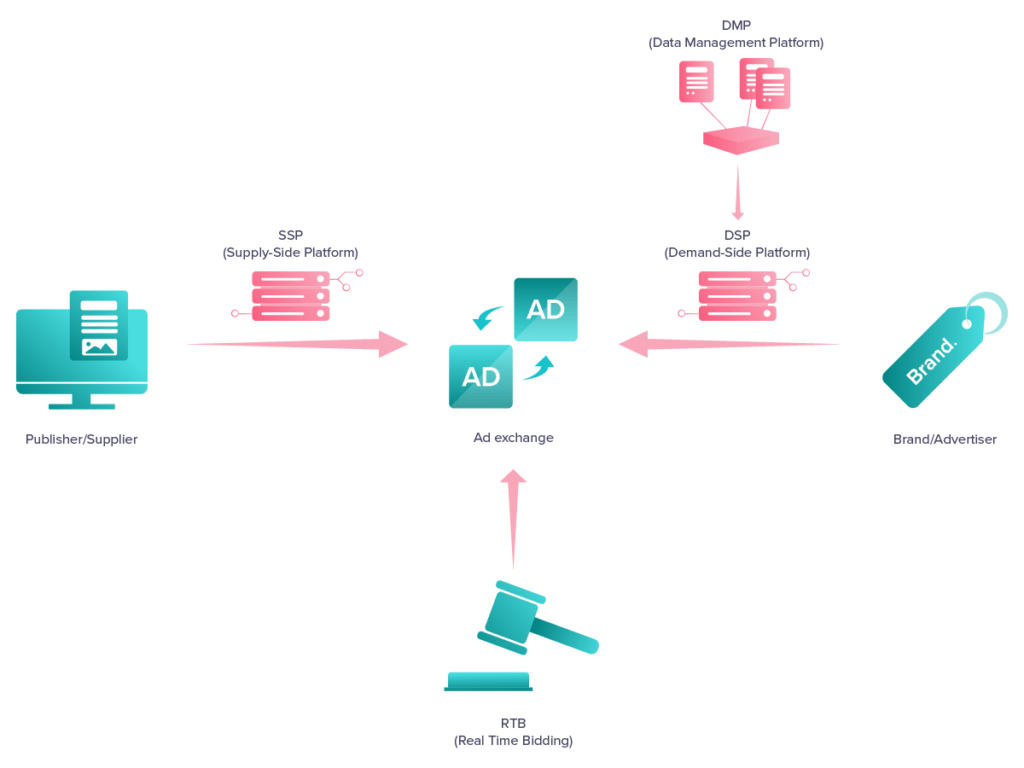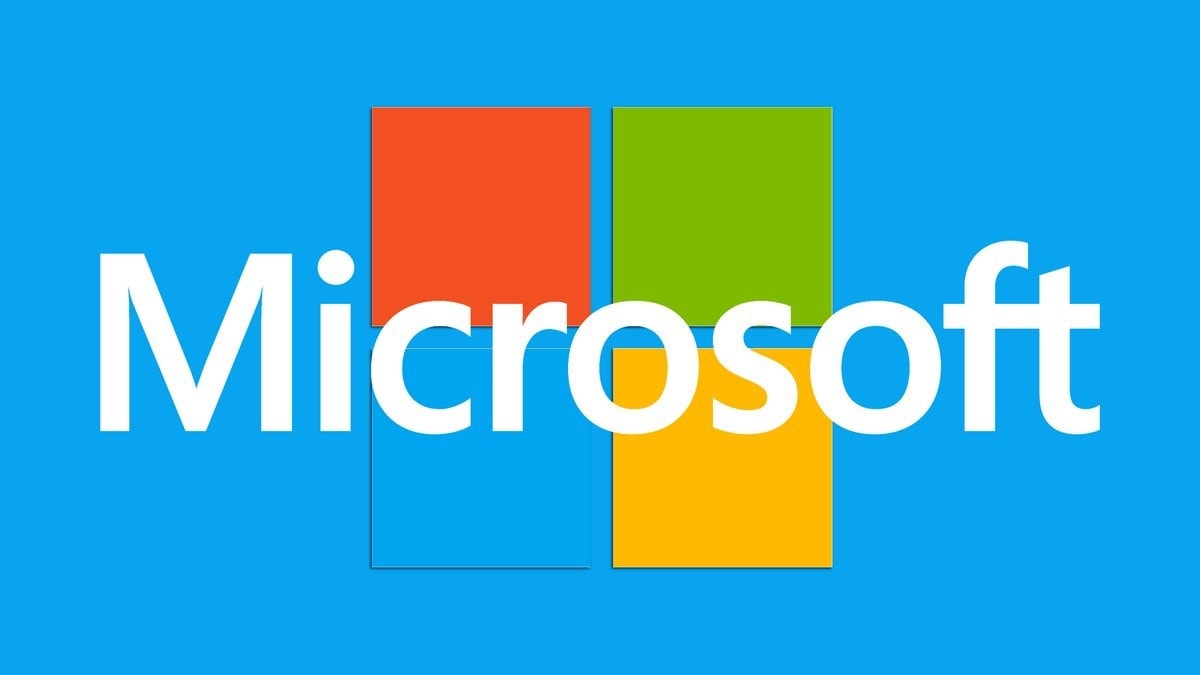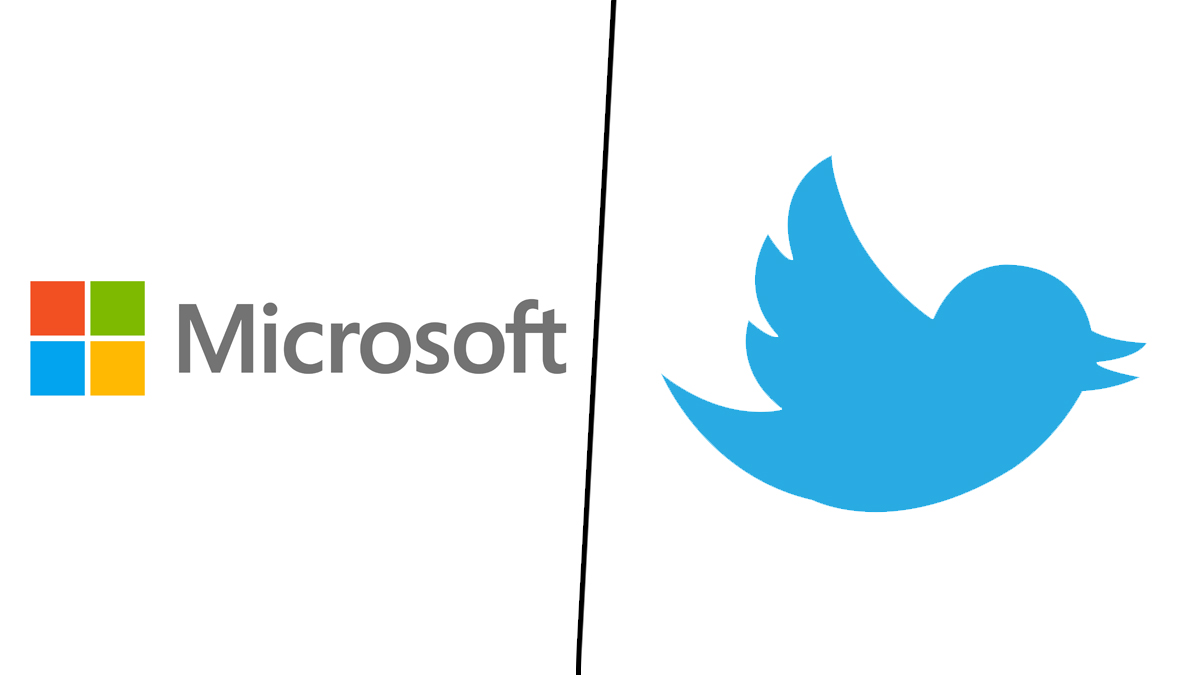Introduction
Advertising has become an integral part of any business, and companies are always trying to come up with new and innovative strategies to reach their target audience. One such company that has been constantly innovating its advertising strategy is Microsoft. In this article, we will take a closer look at Microsoft’s advertising strategy, its evolution over the years, and how it has impacted the company’s business.
Brief Background on Microsoft’s Advertising Strategy

Microsoft’s advertising journey started in 2006 when it acquired aQuantive, a digital marketing company. This acquisition was a significant move for Microsoft as it enabled the company to enter the online advertising market and compete with the likes of Google and Yahoo. However, the acquisition didn’t work out as planned, and Microsoft had to take a $6.2 billion write-down in 2012, which was one of the largest in the company’s history.
After the aQuantive debacle, Microsoft shifted its focus to search advertising, which led to the launch of Bing Ads in 2012. Bing Ads was Microsoft’s attempt to take on Google AdWords, and while it never reached the same level of success, it did help Microsoft establish itself in the online advertising market.
Over the years, Microsoft has continued to experiment with different advertising strategies. In 2016, it introduced LinkedIn ads, which allowed advertisers to target LinkedIn’s audience directly. This move proved to be a game-changer for Microsoft as it gave the company access to a highly engaged professional audience.
Explanation of the New Advertising Strategy and Its Impact
Recently, Microsoft announced its latest advertising strategy, which involves a shift toward audience-based targeting. This strategy aims to provide advertisers with more accurate and relevant targeting options, allowing them to reach their desired audience more effectively. The strategy involves leveraging Microsoft’s first-party data, which includes data from its various products such as Windows, Xbox, and LinkedIn, to create more granular audience segments.
One of the key benefits of this new advertising strategy is that it allows advertisers to reach their target audience across multiple devices and platforms. For example, an advertiser can target a user who has shown an interest in a particular product on their Windows PC, and then show them an ad for the same product on their Xbox or LinkedIn account.
Another significant impact of this new advertising strategy is that it will enable Microsoft to compete more effectively with the likes of Google and Facebook. While Google and Facebook have dominated the online advertising market for years, Microsoft’s focus on audience-based targeting could give it an edge in the market.
The Shift Towards Digital Advertising: Why It’s Important and the Advantages

The world of advertising has undergone a massive transformation over the past decade, with a shift toward digital advertising. This change has been driven by the growing popularity of the internet and the increasing number of people accessing it through various devices.
Why Digital Advertising is Important
The rise of digital advertising has been driven by several factors, including the growth of mobile devices, the increasing popularity of social media, and the ability to track and measure advertising campaigns in real time. Digital advertising has become an essential tool for businesses looking to reach their target audience effectively and efficiently.
One of the key advantages of digital advertising is that it allows businesses to reach a global audience. Unlike traditional advertising methods, which are limited to specific geographical areas, digital advertising can reach people anywhere in the world. This has opened up new opportunities for businesses to expand their reach and target new markets.
Another reason why digital advertising is important is that it offers greater flexibility and control. Businesses can create and run their advertising campaigns on their terms, choosing the platforms, targeting options, and messaging that work best for them. This level of control can lead to more effective campaigns that deliver better results.
Advantages of Digital Advertising
Digital advertising offers several advantages over traditional advertising methods. Let’s take a closer look at some of these advantages:
-
Greater Targeting Options
Digital advertising provides businesses with a range of targeting options that can be used to reach their desired audience. These options include demographic targeting, geographic targeting, and behavioral targeting, among others. This level of targeting can lead to more effective campaigns that reach the right people with the right message.
-
Cost-Effective
Digital advertising can be much more cost effective than traditional advertising methods, such as print or television ads. Businesses can run ads on social media platforms, search engines, and other websites at a fraction of the cost of traditional advertising. This makes digital advertising an attractive option for businesses with limited advertising budgets.
-
Real-Time Tracking and Measurement
One of the biggest advantages of digital advertising is the ability to track and measure advertising campaigns in real time. Businesses can monitor their campaigns’ performance, track engagement rates, and make adjustments to their campaigns based on the data. This allows businesses to make informed decisions and optimize their campaigns for better results.
-
Interactive and Engaging
Digital advertising offers businesses the ability to create interactive and engaging ads that capture their audience’s attention. This can include video ads, interactive ads, and social media ads that encourage user engagement. These types of ads can lead to higher engagement rates and better campaign performance.
Key Elements of the New Advertising Strategy: Targeted, Programmatic, Native, Social Media, and Video Advertising

In today’s digital age, businesses need to have an effective advertising strategy that can cut through the noise and reach their target audience. The rise of digital advertising has created new opportunities for businesses to connect with their audience in more targeted and personalized ways.
Targeted Advertising
Targeted advertising is a form of advertising that uses data to identify and reach specific groups of people who are more likely to be interested in a particular product or service. This type of advertising allows businesses to tailor their messaging to specific audience segments, leading to more relevant and effective campaigns. Targeted advertising can be achieved through various means, including demographics, interests, behaviors, and location.
Programmatic Advertising
Programmatic advertising is the use of technology and algorithms to automate the buying and selling of advertising inventory in real time. This type of advertising allows businesses to target specific audience segments and deliver ads across a range of platforms and devices. Programmatic advertising can be highly effective in reaching the right people at the right time, with the added benefit of being cost-efficient.
Native Advertising
Native advertising is a form of advertising that is designed to blend in with the content on a website or social media platform. This type of advertising is often seen as less intrusive than traditional banner ads and can lead to higher engagement rates. Native ads can take various forms, including sponsored content, promoted posts, and product reviews.
Social Media Advertising
Social media advertising is the use of social media platforms to deliver ads to a targeted audience. With billions of people using social media every day, this type of advertising can be highly effective in reaching a wide audience. Social media advertising allows businesses to target their ads based on various factors, including age, interests, behaviors, and location.
Video Advertising
Video advertising is the use of video content to deliver ads to a targeted audience. Video ads can be highly effective in capturing people’s attention and conveying complex messages in a short amount of time. With the rise of video-sharing platforms such as YouTube and TikTok, video advertising has become an increasingly important part of the advertising landscape.
The Exit from Twitter Advertising: Reasons and Impact on Microsoft’s Advertising Strategy

Microsoft’s advertising strategy has undergone various changes over the years, including its recent exit from advertising on Twitter. In this article, we will explore the reasons for Microsoft’s exit from Twitter advertising and the impact it has had on its overall advertising strategy.
Reasons for the Exit
There are several reasons why Microsoft decided to stop advertising on Twitter. One of the main reasons was the platform’s inability to provide sufficient targeting capabilities. Twitter’s targeting options are relatively limited compared to other social media platforms, making it difficult for Microsoft to reach its desired audience effectively.
Another reason for the exit was the limited ROI (return on investment) on Twitter ads. While the platform has a large user base, it has not been as effective in driving conversions and sales for Microsoft compared to other platforms such as LinkedIn and Facebook.
Furthermore, the issue of brand safety was also a concern for Microsoft. Twitter has faced various controversies surrounding hate speech, fake news, and other harmful content. Microsoft, as a company that values inclusivity and diversity, decided to pull out of Twitter advertising to avoid any association with these issues.
Impact on Microsoft’s Advertising Strategy
The exit from Twitter advertising has had a significant impact on Microsoft’s advertising strategy. The company has shifted its focus to other social media platforms that provide more advanced targeting capabilities, such as LinkedIn and Facebook.
Microsoft has also placed a greater emphasis on programmatic advertising, which allows them to reach its target audience more effectively and efficiently. By using data-driven insights, programmatic advertising enables Microsoft to deliver ads to specific audience segments at the right time and place.
In addition, Microsoft has increased its investment in native advertising, which is a form of advertising that seamlessly integrates with the content on a website or social media platform. Native ads are often seen as less intrusive than traditional banner ads and can lead to higher engagement rates.
The Future of Microsoft’s Advertising Strategy: The Role of Data and Predictions for the Advertising Industry

Microsoft’s advertising strategy has evolved significantly over the years, with a greater emphasis on data-driven insights and more advanced targeting capabilities.
The Role of Data in Advertising
Data plays a crucial role in Microsoft’s advertising strategy, enabling the company to reach specific audience segments with greater precision and effectiveness. By leveraging data from various sources, including social media platforms and website analytics, Microsoft can develop a deeper understanding of its target audience and deliver more relevant and personalized ads.
Furthermore, data also allows Microsoft to measure the effectiveness of its advertising campaigns more accurately. By tracking various metrics such as click-through rates, conversion rates, and ROI, they can optimize their campaigns for better performance and ultimately drive more sales and revenue.
Predictions for the Future of the Advertising Industry
As the advertising industry continues to evolve, several trends are likely to shape the future of advertising, including:
- Increased emphasis on personalization – With more data available than ever before, personalization will become increasingly important in advertising. Advertisers will need to develop a deeper understanding of their target audience and deliver more relevant and personalized ads.
- Greater use of AI and machine learning – AI and machine learning will become more prevalent in advertising, enabling advertisers to automate processes, optimize campaigns and make more informed decisions based on data insights.
- Growth of programmatic advertising – Programmatic advertising, which uses data-driven insights to deliver ads to specific audience segments, will continue to grow in popularity, providing advertisers with greater efficiency and effectiveness in their campaigns.
- Increased focus on brand safety – Brand safety will remain a key concern for advertisers, with a greater emphasis on ensuring that ads are displayed in safe and appropriate environments.
The Future of Microsoft’s Advertising Strategy
Looking to the future, Microsoft’s advertising strategy is likely to continue to evolve in line with these trends. The company will place a greater emphasis on personalization, using data to deliver more relevant and personalized ads to its target audience.
Furthermore, Microsoft is likely to continue investing in AI and machine learning to automate processes, optimize campaigns and improve performance. They will also continue to use programmatic advertising to reach specific audience segments more effectively.
Finally, Microsoft will maintain a focus on brand safety, ensuring that their ads are displayed in safe and appropriate environments. By staying up to date with the latest trends and technologies, Microsoft’s advertising strategy is well-positioned to remain effective and relevant in the ever-evolving advertising landscape.
Conclusion: Recap of the New Advertising Strategy and Final Thoughts on Microsoft’s Advertising Future

Microsoft’s advertising strategy has come a long way, with a greater focus on data-driven insights, advanced targeting capabilities, and a deeper understanding of its target audience.
Recap of the New Advertising Strategy
The new advertising strategy includes a greater focus on targeted advertising, programmatic advertising, native advertising, social media advertising, and video advertising. By leveraging data-driven insights and advanced targeting capabilities, Microsoft can reach specific audience segments with greater precision and effectiveness.
The exit from Twitter advertising was a significant decision that had an impact on Microsoft’s advertising strategy. The move allowed the company to shift its focus to other platforms and explore new opportunities for growth.
Looking to the future, the role of data in advertising will continue to grow, with a greater emphasis on personalization, AI and machine learning, programmatic advertising, and brand safety. Microsoft’s advertising strategy is well-positioned to remain effective and relevant in the ever-evolving advertising landscape.
Final Thoughts on Microsoft’s Advertising Future
As the advertising industry continues to evolve, it is essential for businesses to stay up to date with the latest trends and technologies to ensure that their advertising strategy remains effective and relevant. Microsoft’s advertising strategy has evolved significantly in recent years, and the company is well-positioned to continue to adapt and grow in the future.
By leveraging data-driven insights, advanced targeting capabilities, and a deeper understanding of its target audience, Microsoft can continue to deliver more relevant and personalized ads that drive results. With a continued focus on innovation and adaptation, Microsoft’s advertising future is bright, and the company is well-positioned to remain a leader in the advertising industry for years to come.
FAQs:
Q: What is Microsoft’s new advertising strategy?
A: Microsoft’s updated advertising approach emphasizes data-driven insights, advanced targeting, and a deeper understanding of its audience. This includes targeted programmatic, native, social media, and video advertising.
Q: Why is digital advertising important?
A: Digital advertising is important for several reasons. Firstly, it allows businesses to reach a wider audience and target specific segments with greater precision and effectiveness. Secondly, it is more cost-effective than traditional advertising methods.
Q: What are the advantages of digital advertising?
A: Digital advertising has many benefits, including wider audience reaches and targeting options, cost-effectiveness, transparency, and real-time campaign optimization. It also enables more personalized and relevant ads for better engagement and conversion rates.



















